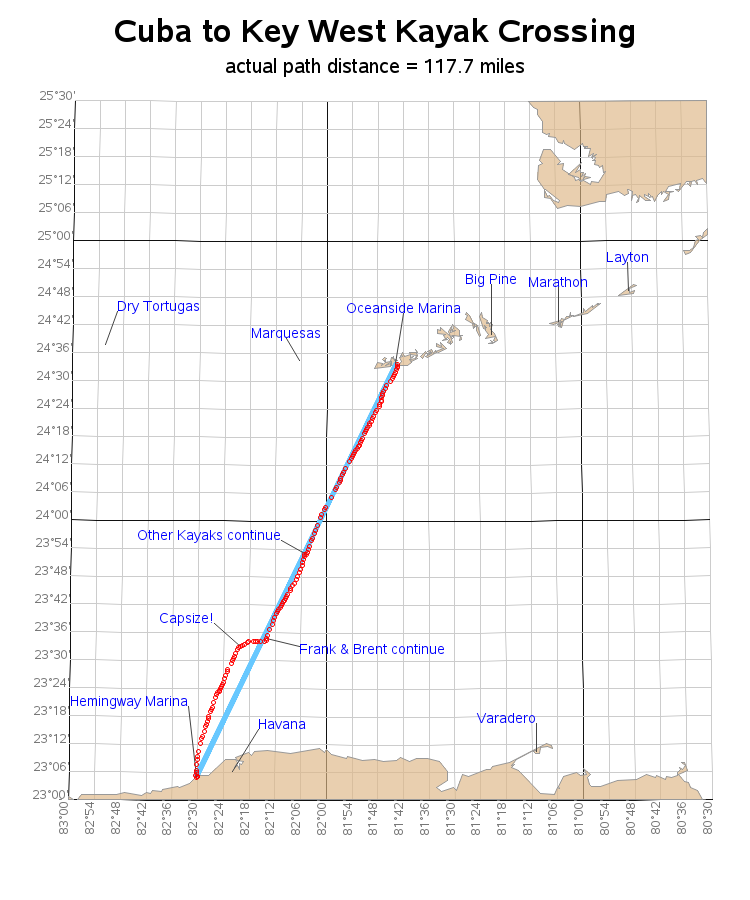
There are three ways in which this connector can interface with Kinetica: Spark DataSource v2 API is still evolving, so we encourage users to use the v1ĪPI (which can be used by default, or by explicitly choosing the first

Spark v2.3.x with Kinetica via the Spark Data Source API. The Spark Connector provides easy integration of In the case of Transport equipment, the required devaluation is around 30% if all tariff and non-tariff trade costs are passed to the producers.The following guide provides step by step instructions to get started using

Hopes that a devaluation of the Pound may compensate for higher trade costs must take into consideration that devaluation affects only the domestic share of the value-added, requiring larger exchange rate adjustment. Because a hard Brexit is expected to increase trade costs and affect prices, the paper estimates the impact of additional tariff and non-tariff trade costs on the competitiveness of these three sectors. In the process, a number of stylised facts are identified and several synthetic indicators are produced. The paper benchmarks UK against other key G-20 countries for three specific industries that have a particular relevance from an inter-industrial perspective: Transport equipment, Chemicals and Electronics. It analyses trade data through the specific angle of interindustrial relationships and international supply chains, including employment implications. This paper aims at offering background information for a sectoral analysis of the Brexit implications on the UK value chains. We also find that the indirect effects are more pronounced for manufacturing sectors than for primary sectors such as oil extraction and agriculture Moreover, we identify a number of interplaying factors such as regional trade agreements and the region of Asia. Hence, our paper provides strong empirical evidence of the indirect effects of FDI on trade. The result is robust with different specifications and estimation strategies. Empirically we find that corporate control has a positive effect on trade both directly and indirectly.

Based on the CCN, the network measures, i.e., the shortest path length and the communicability, are computed to capture the indirect channel of FDI. We use a unique data set of international corporate control as a measure of stock FDI to construct a corporate control network (CCN) where the nodes are the countries and the edges are the corporate control relationships. In this paper we investigate the effects of FDI on trade from a network perspective, since FDI takes not only direct but also indirect channels from origin to destination countries because of firms’ incentive to reduce tax burden, to minimize coordination costs, and to break barriers to market entry. The relationship between international trade and foreign direct investment (FDI) is one of the main features of globalization. Furthermore, this study also reveals that instead of forming a true single community, the SADC member states are actually divided into two major clusters revolving around South Africa and the European Union. Using the basic statistical analysis of the trade directions and values along with the Social Network Analysis (SNA) of the trade network within and outside the SADC, this study finds that the member states of this organization trade more with partners outside their organization than among themselves and that South Africa, the EU, and-to a lesser extent-China occupy the central position in the trade network within and outside SADC. Analyzing the trade network within and outside SADC, the purpose of this study is to find out whether the SADC member states are integrated more to their regional organization than to the global economy (or globalized) and whether they are forming among themselves a true single community or different clusters. In the meantime, China and-to a lesser extent-India emerged as major trading partners of many Sub-Saharan African countries. However, by the time of its creation in 1992, the powerful wind of globalization was already blowing across the continent and the whole world, removing or lowering trade barriers everywhere.

According to its treaty, one of the primary objectives of the Southern African Development Community (SADC) is to achieve " development and economic growth " through regional integration.


 0 kommentar(er)
0 kommentar(er)
